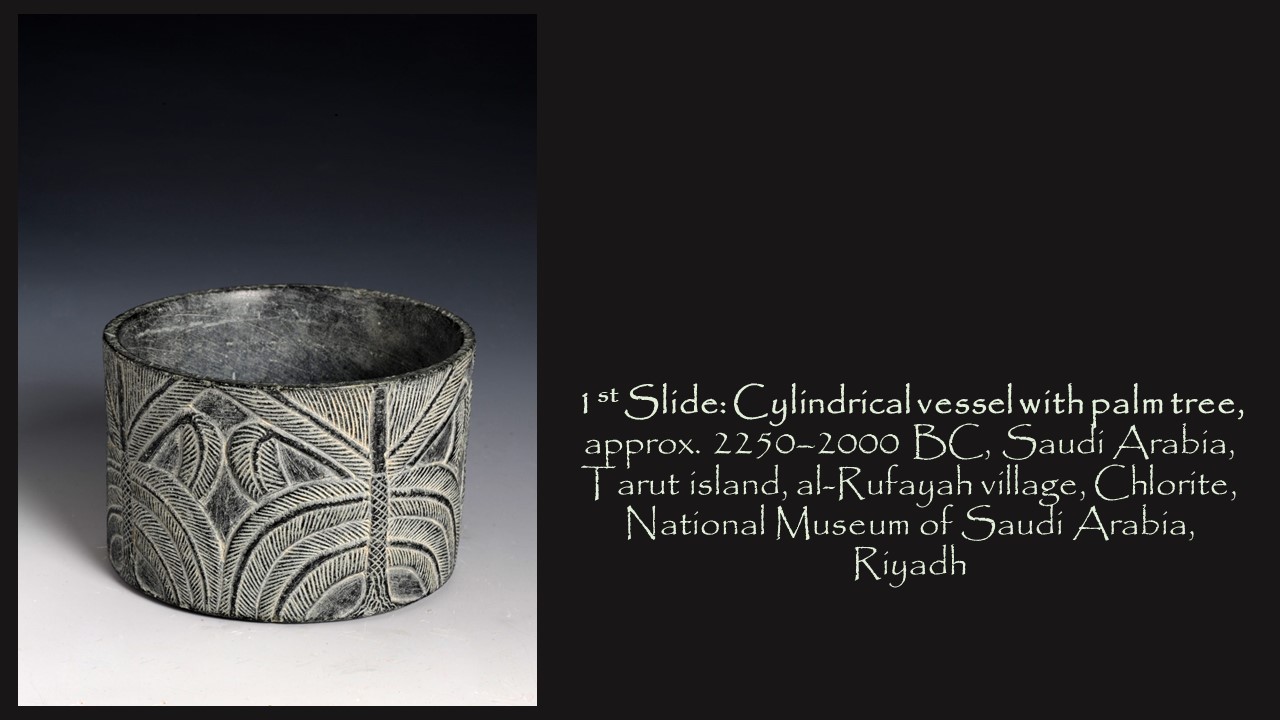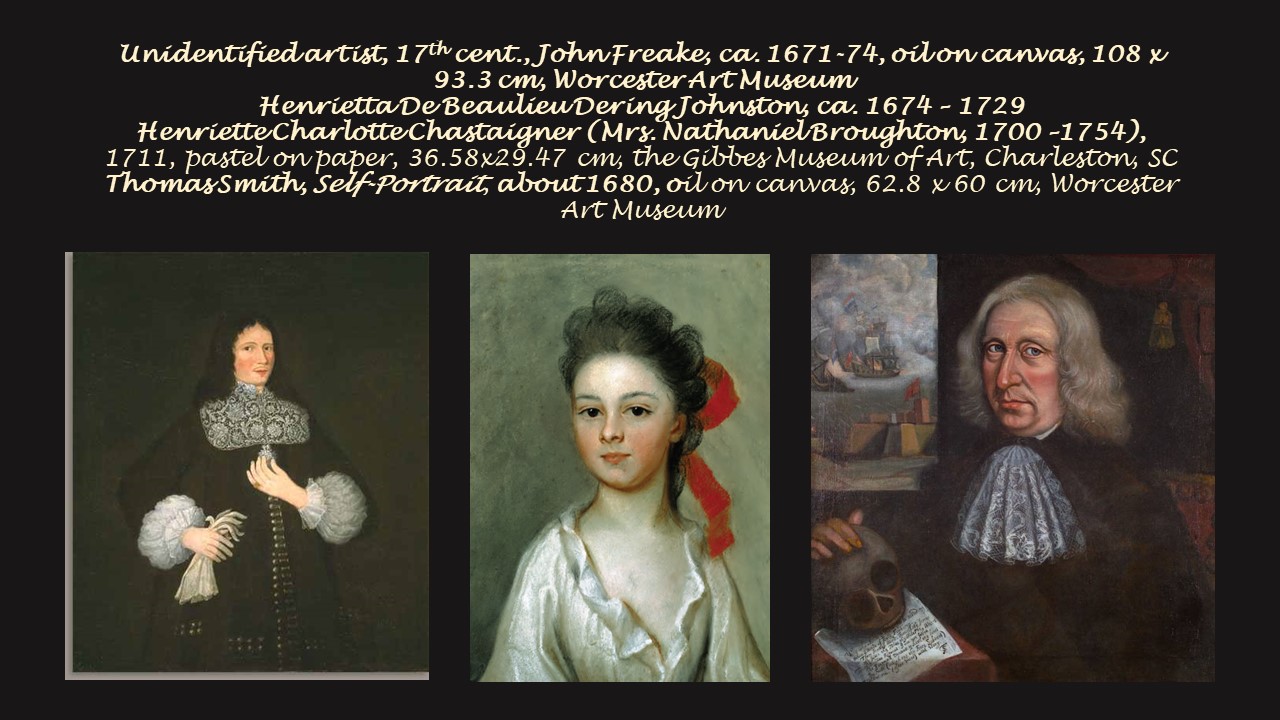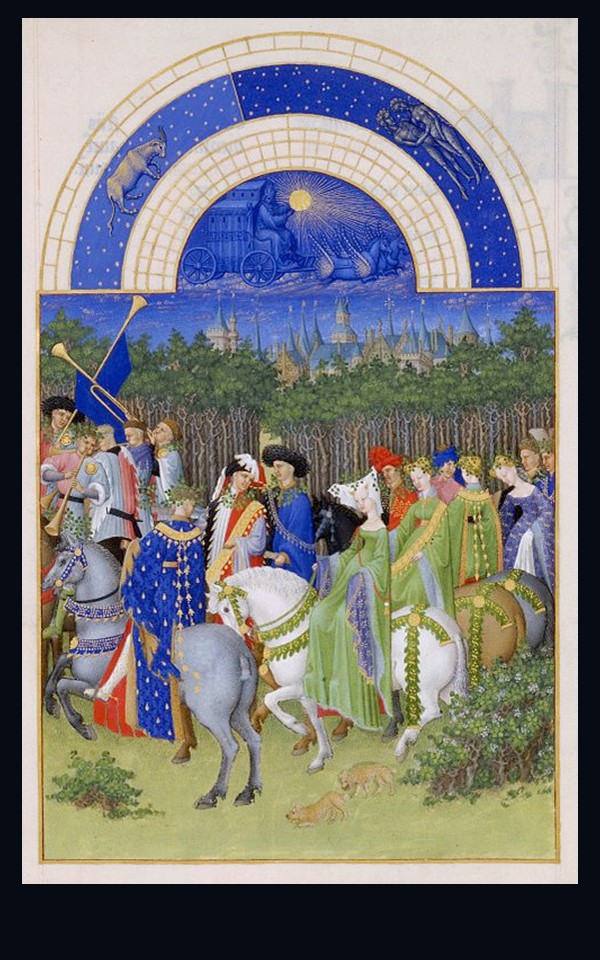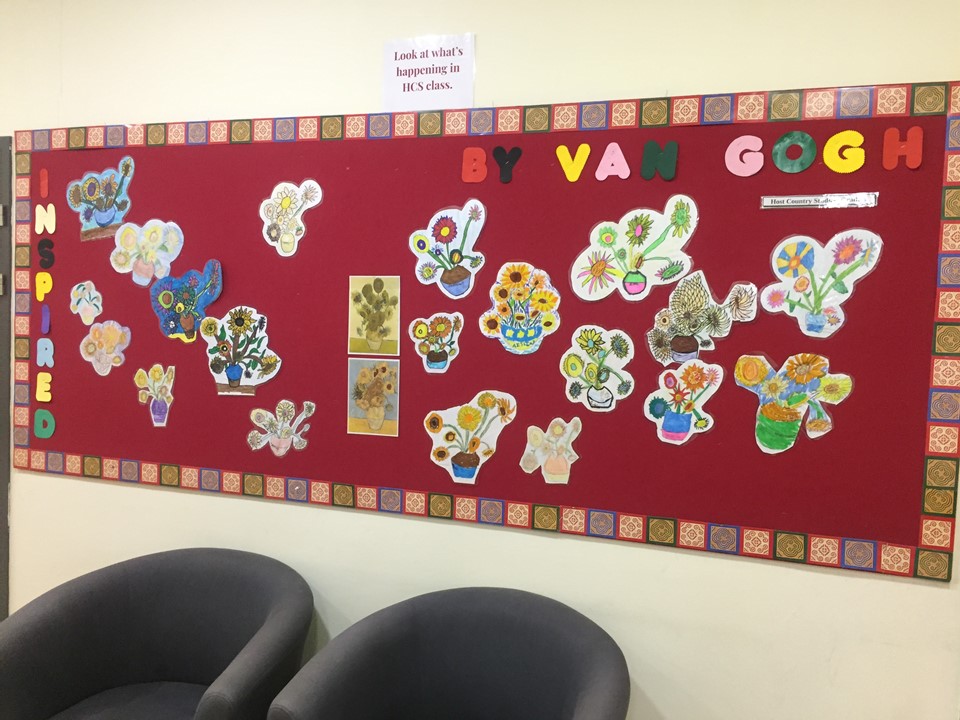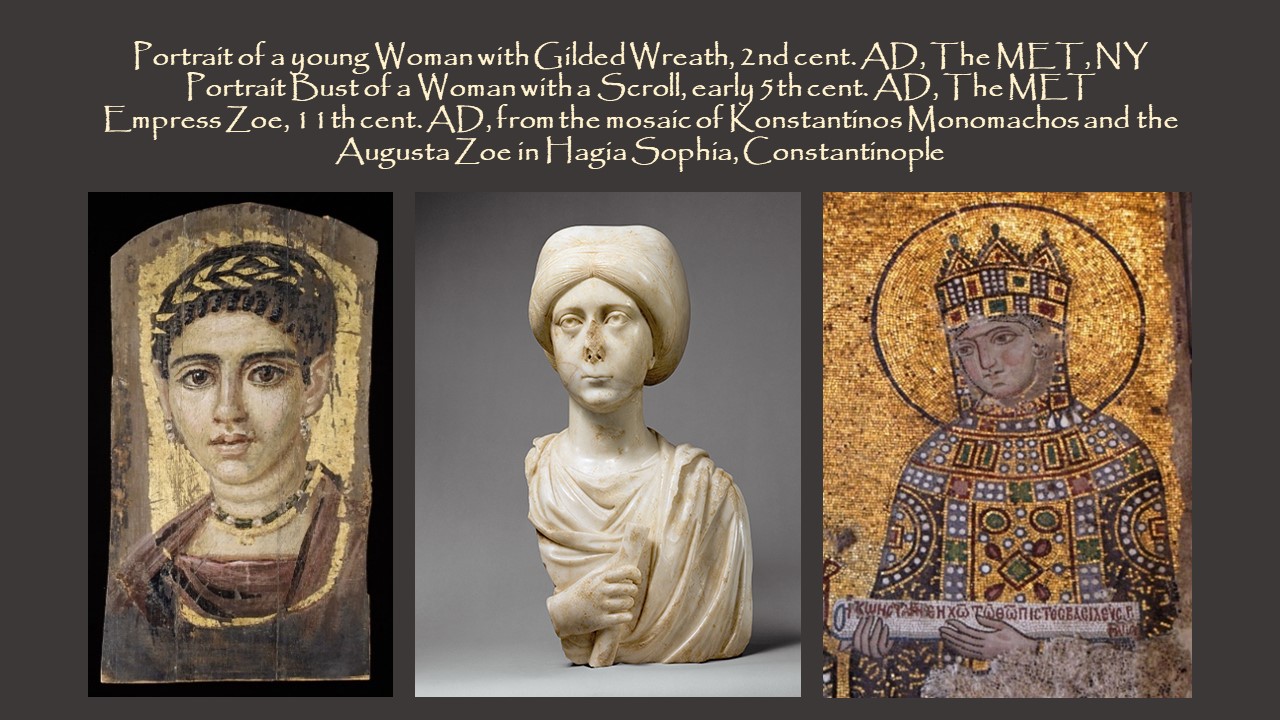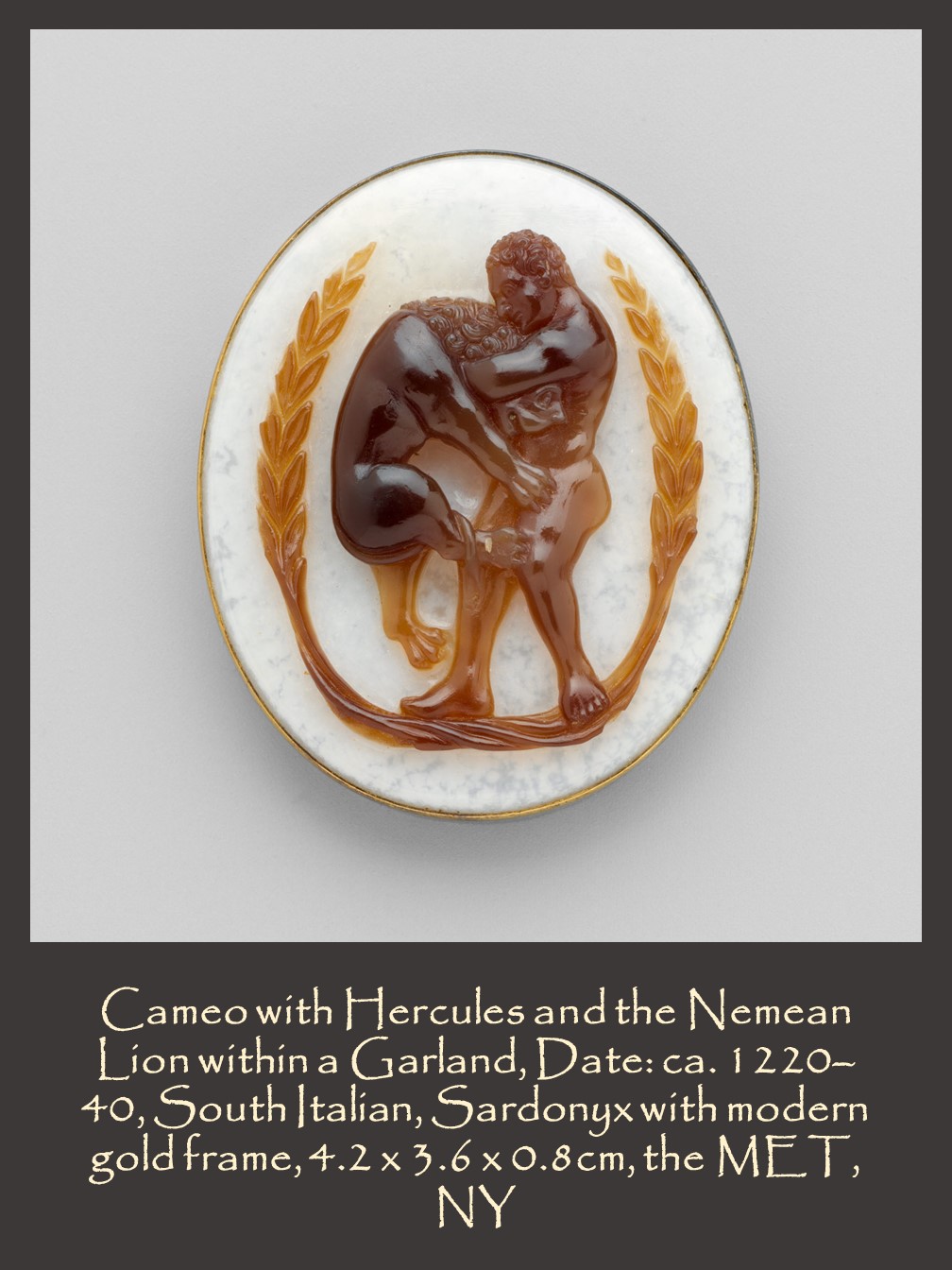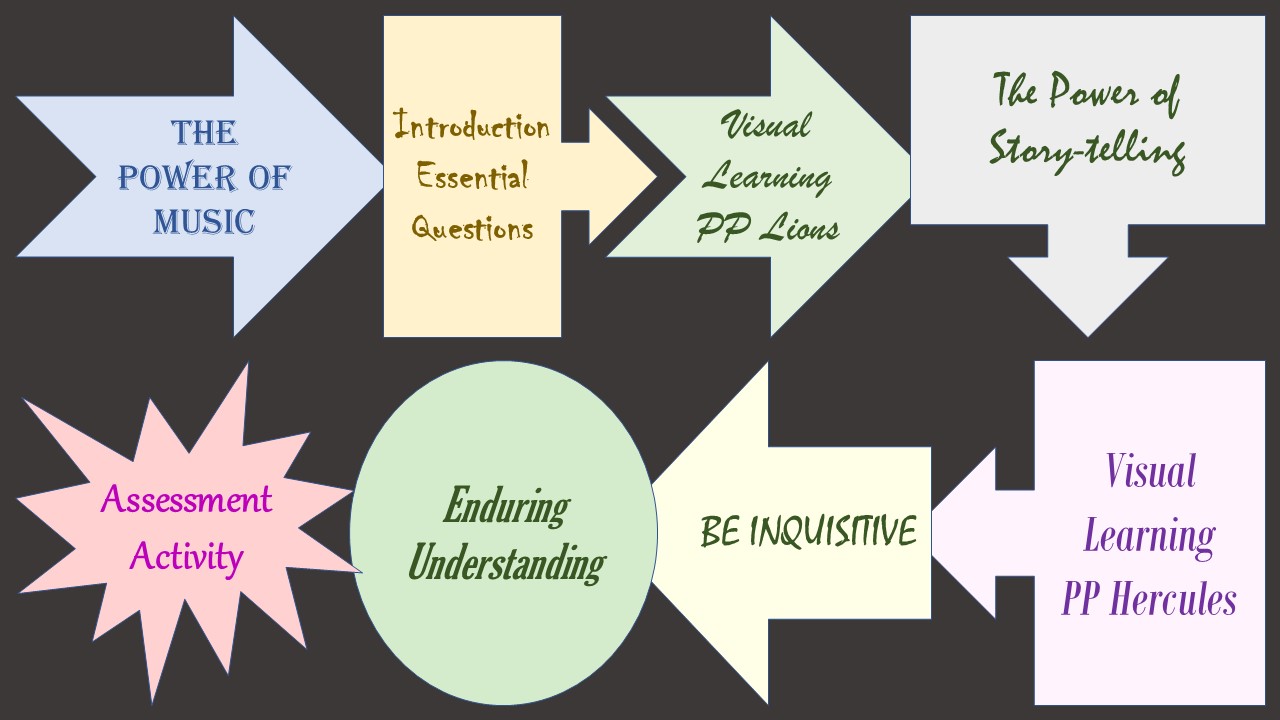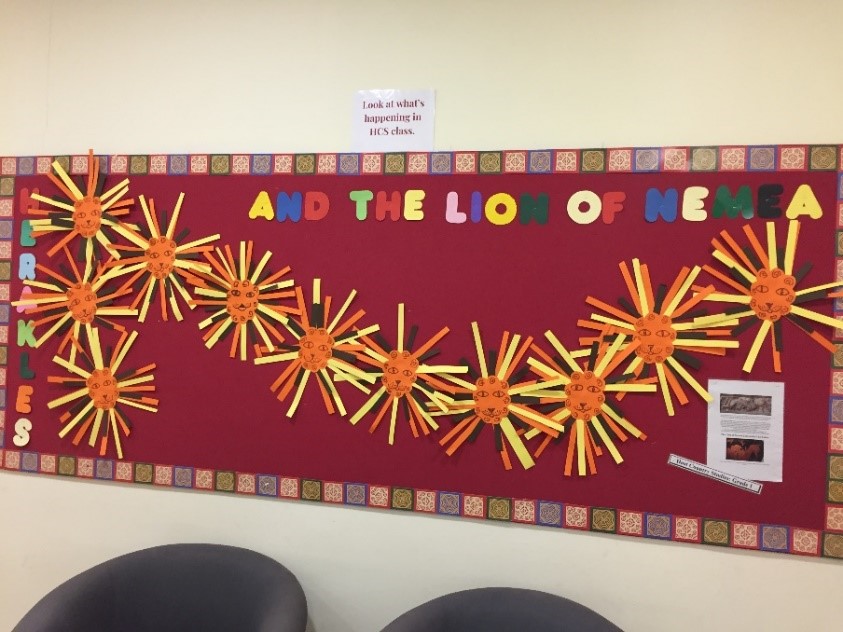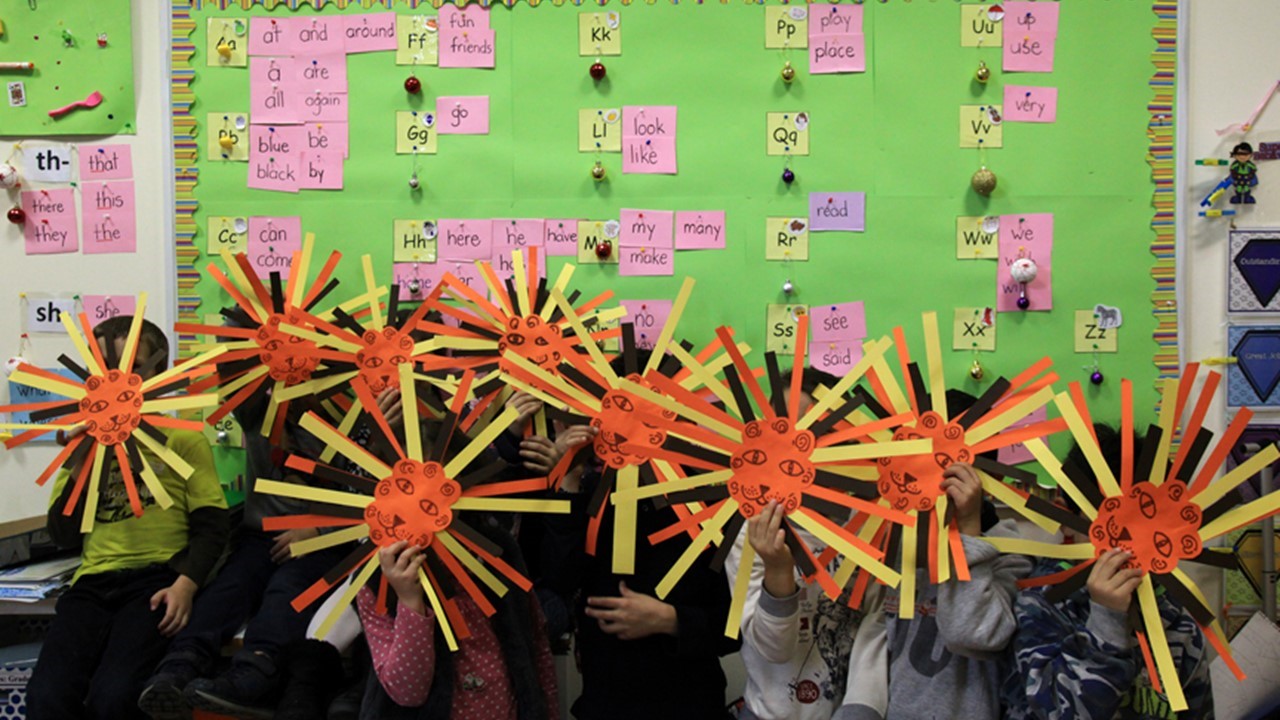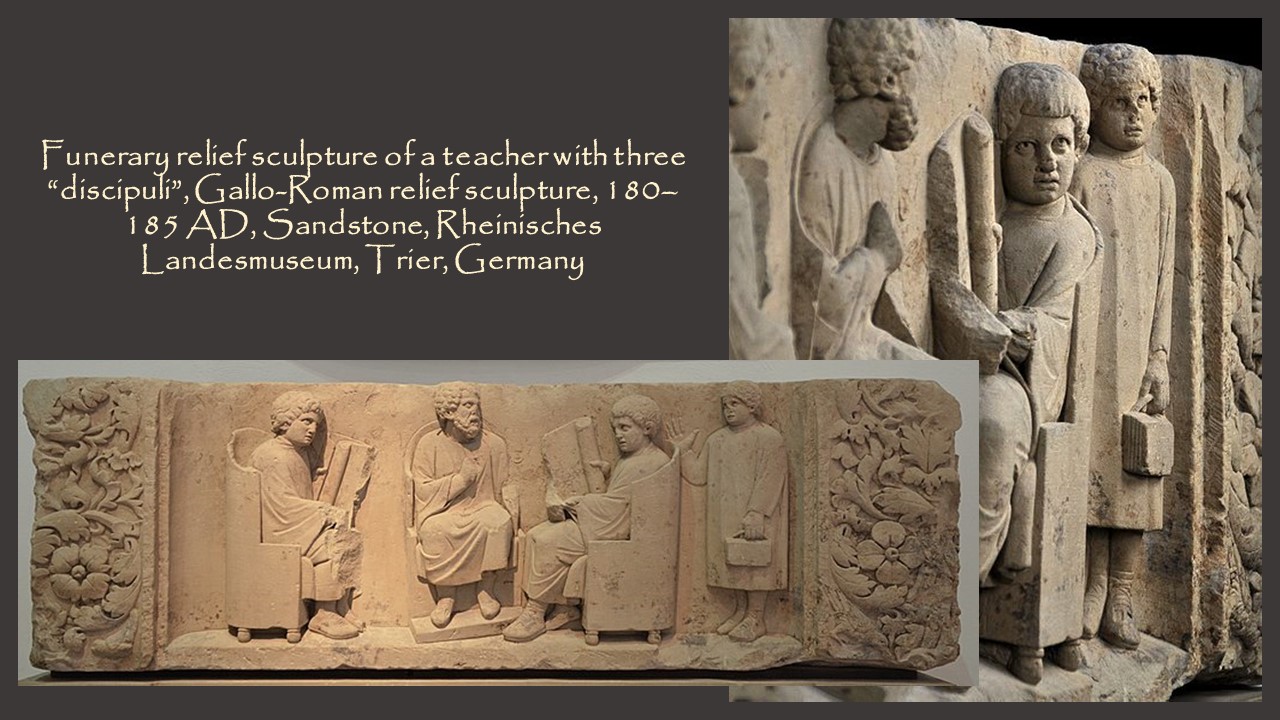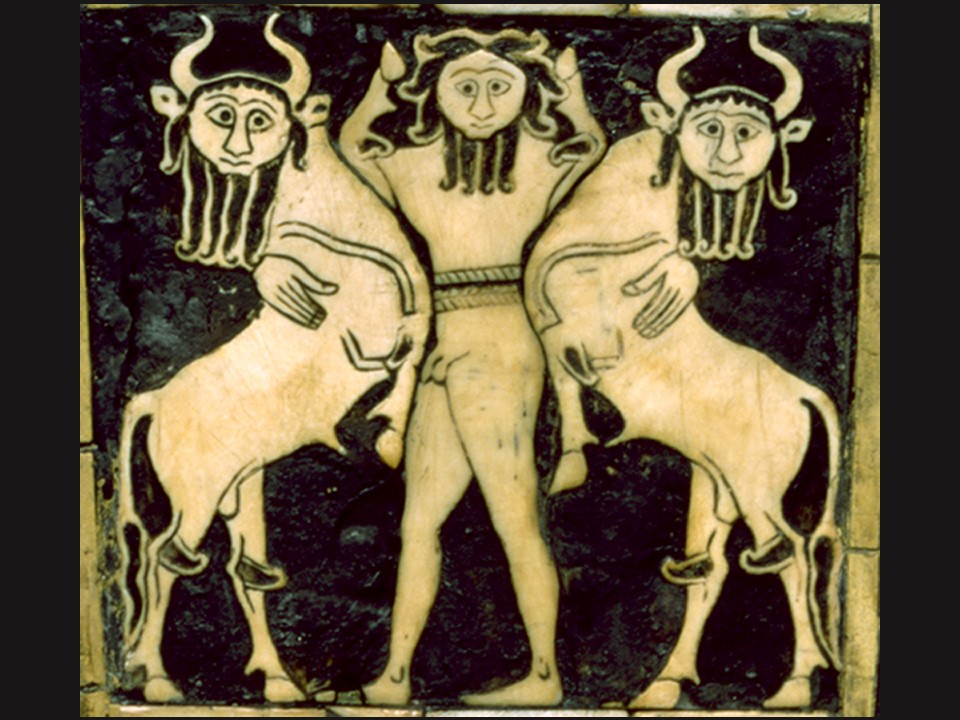
Could “Gilgamesh, the Sumerian Hero” help you better understand… How do heroes accomplish such amazing feats? Or what turns an ordinary man into a hero? Have you ever wondered if we are all a little bit of a hero? What do great cities like Uruk look like?
The Sumerians, like many people of the Bronze Age (starts about the mid 4th millennium BC to about 1000 BC the latest), had a very spirited oral tradition. There were no books at the time, available for people to enjoy reading and get their imagination run uncontrolled and wild. Storytellers played an important role, getting people excited with stories about the great Heroes, fantastic achievements, strict morals and ethics. Gilgamesh, the Sumerian Hero, never failed to dazzle the Sumerians and he dazzles us today!
Gilgamesh was, the story tells us, one of the kings of the Sumerian city of Uruk. His name is on the list of kings of Sumer recovered from the library at Nineveh. Did he exist as a real person or was he just made up by the Sumerians? We may never know. Like many other Heroes around the world, he was a part god and part human. He was also endowed with divine powers, a great sense of duty and ethics. Could we call Gilgamesh the first superhero?
Imagine… the unimaginable, and Gilgamesh did it. Along with his faithful friend Enkidu (friendship is always important for a Hero) they traveled the world fighting terrible monsters, rescuing people in need, moving mountains and rivers… in other words, protecting and saving the people of Sumer from any imaginable calamity. How do we know all these amazing facts? Clay tablets, preserved at the Library of ancient Nineveh and written in cuneiform writing, inform us with interesting details!
“Gilgamesh, the Sumerian Hero,” Educational Videos and Interesting PowerPoints
http://www.mesopotamia.co.uk/geography/story/sto_set.html
https://studylib.net/doc/5237467/gilgamesh—the-first-superhero-
For the PP on “Gilgamesh,” the “teachercurator” prepared… Click HERE!
“Gilgamesh, the Sumerian Hero” and Interesting Student Activities
For Information on Student Activities… Click HERE!
For Student Worksheets… Click HERE!
